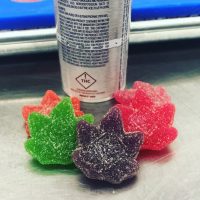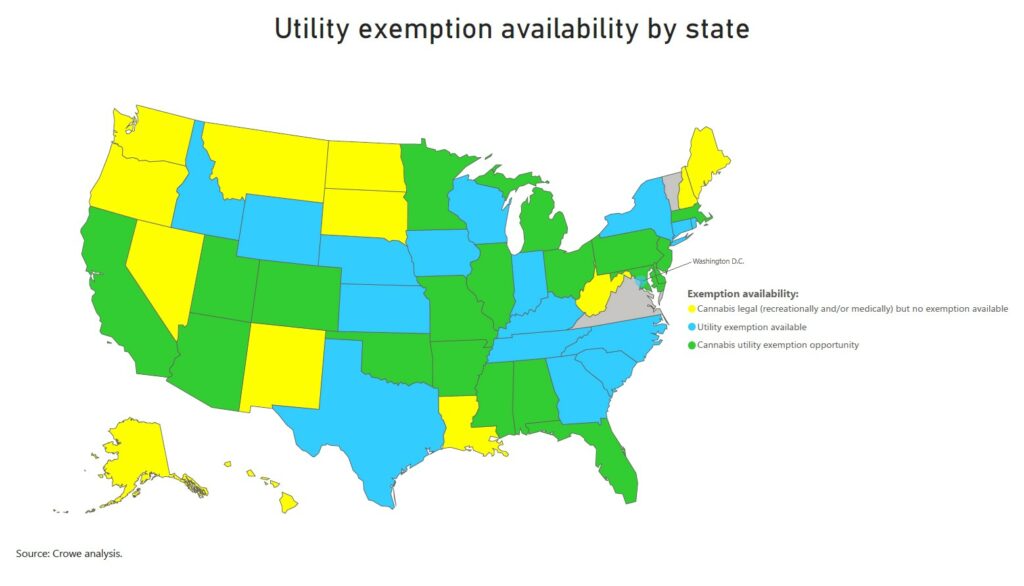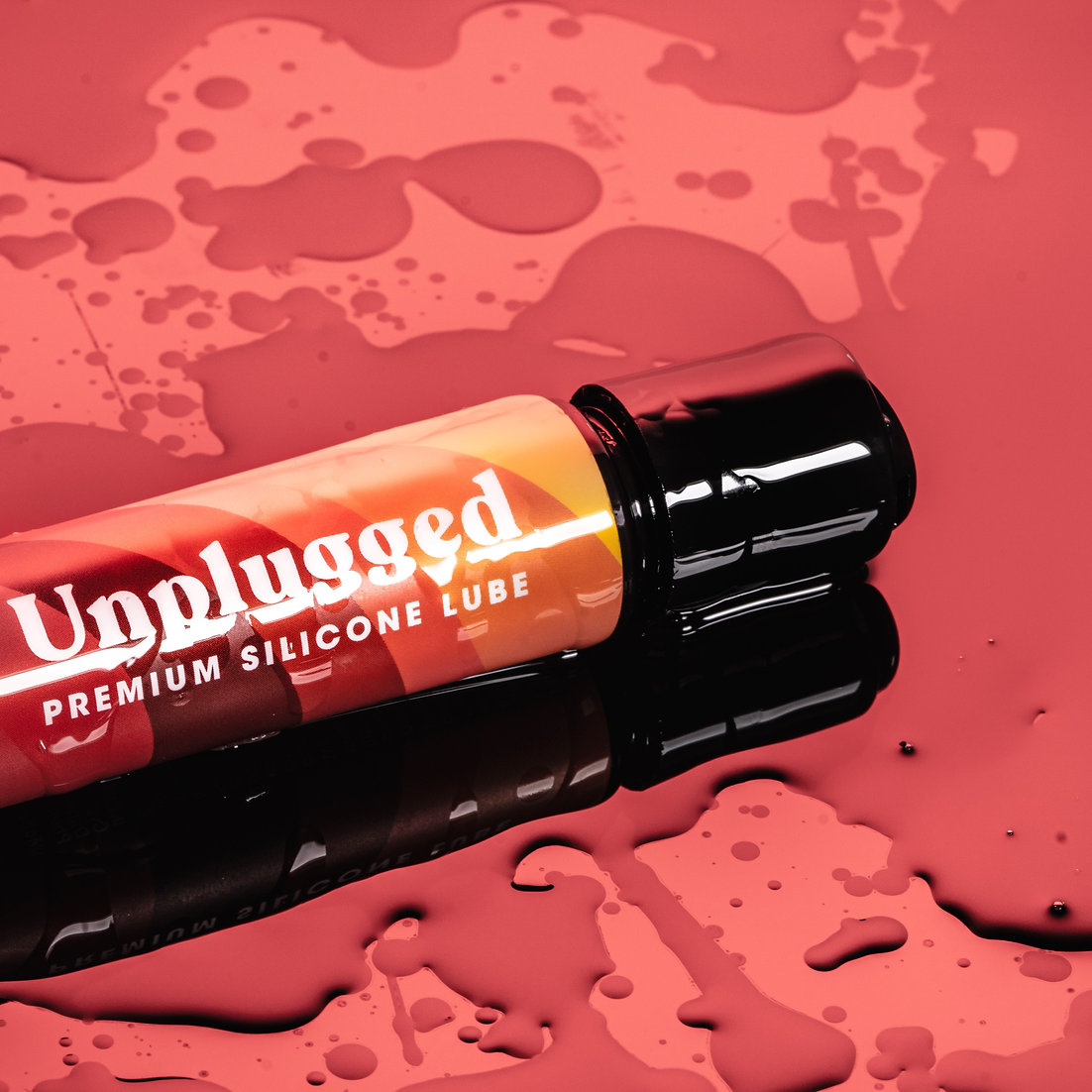PARSIPPANY, NJ, October 17-19, 2022 – The Cannabis Quality Conference & Expo (CQC) heads to New Jersey October 17-19 this year. The agenda features three tracks of educational talks, panel discussions, keynotes and breakout sessions.
At this year’s event, the conference will debut two new features of the program: Lunch & Learn sessions and Happy Hour Roundtables. Matthew Anderson, CEO of Vanguard Scientific, will sit down with two experts in cannabis law for interviews during the lunch hour:
Investigations & Enforcement: A Former Federal Prosecutor’s Perspective
- Matthew Anderson will interview Barak Cohen, Chair of the Cannabis Industry Group at Perkins Coie, to discuss federal investigations, Justice Department prosecutions and white-collar offenses. This Lunch & Learn will take place 12:00 to 12:25 PM on Tuesday, October 18.
Compliance is Key: Best Practices for Your New Jersey Cannabis Business
- Matthew Anderson will interview Casey Leaver, Director of Regulatory Compliance at Vicente Sederberg, to discuss compliance culture, quality controls, New Jersey regulations and more. This Lunch & Learn will take place 12:35 to 1:00 PM on Tuesday, October 18.
Following the conference agenda on Monday, October 17 and Tuesday October 18, attendees are invited to join the cocktail reception for Happy Hour Roundtables. From 4:45 to 5:45 PM, subject matter experts will be available to chat, answer questions & offer guidance on the following topics:
- Regulatory Compliance: Jason Thomas, Precision Quality & Compliance
- Banking, Finance & Real Estate: Steve Schain, Esq., Smart-Counsel LLC
- Licensing: Russ Hudson & Sumer Thomas, Canna Advisors
- Certifications & Controls: Tyler Williams, CSQ
- Compliance Solutions: Doug Plunkett & Zach Cicconi, ProCanna
- Standards in Cannabis: David Vaillencourt, The GMP Collective
- Social Equity & Justice: Ernest Toney, BIPOCANN
 The conference will begin with a panel discussion on The Future of East Coast Cannabis: Social Equity, Justice & Legalization. Following that will be a panel on The Standardization State of the Union: Science-Based Resources for Driving Cannabis Safety with an overview of the New Jersey cannabis marketplace to end the first day.
The conference will begin with a panel discussion on The Future of East Coast Cannabis: Social Equity, Justice & Legalization. Following that will be a panel on The Standardization State of the Union: Science-Based Resources for Driving Cannabis Safety with an overview of the New Jersey cannabis marketplace to end the first day.
The second day will kick off with a Keynote titled Centering Equity in Cannabis Policy, Quality & Business with Toi Hutchinson, President & CEO at Marijuana Policy Project. Other agenda highlights include:
- The State of the State: An Update on New Jersey Legalization by Steven M. Schain, Esquire, Attorney at Smart-Counsel, LLC
- Tri-State Cannabis: Pro Tips for Winning Applications by Sumer Thomas, Director of Regulatory Affairs and Russ Hudson, Project Manager at Canna Advisors
- Navigating Cannabis Testing Regulations for Multi-State Operations by Michael Kahn, President & Founder of MCR Labs
- Keynote by Edmund DeVeaux, President of the New Jersey Cannabusiness Association
- A Guide to Infusion Technology | Design Experiences that Inspire and Innovate with Cannabis Ingredients by Austin Stevenson, Chief Innovation Officer at Vertosa
- Valuable Analysis Ahead of Asset Acquisition by Matthew Anderson, CEO of Vanguard Scientific
 Registration options are available for in-person, virtual and hybrid attendance.
Registration options are available for in-person, virtual and hybrid attendance.
Event Hours
- Monday, October 17: 12 pm – 6:30 pm (ET)
- Tuesday, October 18: 8 am – 5:45 pm (ET)
- Wednesday, October 19: 8 am – 12 pm (ET)
Cannabis industry professionals also interested in the food industry can attend the Food Safety Consortium, which begins on Wednesday, October 19 – Friday, October 21.
About Cannabis Industry Journal
Cannabis Industry Journal is a digital media community for cannabis industry professionals. We inform, educate and connect cannabis growers, extractors, processors, infused products manufacturers, dispensaries, laboratories, suppliers, vendors and regulators with original, in-depth features and reports, curated industry news and user-contributed content, and live and virtual events that offer knowledge, perspectives, strategies and resources to facilitate an informed, legalized and safe cannabis marketplace.
About the Cannabis Quality Conference & Expo
The Cannabis Quality Conference & Expo is an educational and networking event for the cannabis industry that has cannabis safety, quality and regulatory compliance as the foundation of the educational content of the program. With a unique focus on science, technology, safety and compliance, the “CQC” enables attendees to engage in conversations that are critical for advancing careers and organizations alike. Delegates visit with exhibitors to learn about cutting-edge solutions, explore three high-level educational tracks for learning valuable industry trends, and network with industry executives to find solutions to improve quality, efficiency and cost effectiveness in the evolving cannabis industry.





































